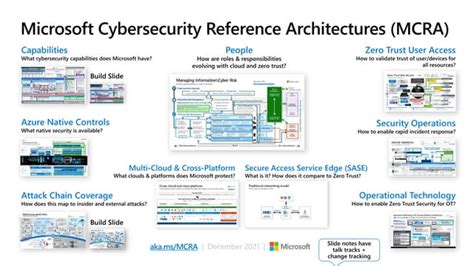In the ever-evolving world of technology, ensuring cybersecurity is paramount. A recent exposé highlights how one of the world’s most influential tech companies, Microsoft, allegedly prioritized profits over security— a decision whose repercussions are still being felt. The whistleblower’s claims that Microsoft dismissed critical security vulnerabilities to protect business interests have shed light on the often-contentious relationship between profit and consumer safety.
Historically, Microsoft’s culture has been accused of being somewhat insular, with confidence bordering on hubris. This was starkly captured in the recent commentary stating that Microsoft’s workforce often displayed a level of BS and ignorance that bordered on the cult-like. This delusional mindset can lead to a dangerous dismissal of external feedback and insights, crucial for maintaining robust cybersecurity. If internal conversations are dominated by self-congratulation rather than constructive criticism, it becomes challenging to address glaring security issues effectively.
The reliance on AI for enhancing security measures has become a double-edged sword. According to tech enthusiasts, AI has been employed to scrutinize code, vet files, and even monitor instructions to ensure compliance and safety. However, integrating AI into security paradigms often means enforcing DRM and restricting user autonomy, aspects that are inherently contentious. While AI has immense potential for bridging security gaps, its application must be overseen with caution to avoid alienating users and stifling innovation.
The commentary around DRM, AI policing, and the potential for invasive monitoring is also echoed by fears that large tech firms may enforce excessive surveillance under the guise of security. Users have expressed concerns about a future where every aspect of digital interaction is monitored, leading to significant privacy violations. Such scenarios, while beneficial for ensuring a secure environment, could foster a climate of distrust among users who feel increasingly surveilled rather than protected.
Reflecting on Microsoft’s security journey, it is critical to gauge the impact of their Trustworthy Computing memo from the early 2000s. This initiative, which once positioned Microsoft as a front-runner in security, seems a far cry from today’s accusations. The shift from an intense focus on security to a profit-driven model reflects a concerning trend. For instance, as pointed out, the recent years have seen Microsoft allegedly ignoring critical security warnings, favoring business continuity over user protection, and providing reassurances that rang hollow in the face of emerging threats.
The user community has also noticed Microsoft’s push for SSO (Single Sign-On) systems that turned perilous with the exploit of the ‘Golden SAML’ vulnerability used in the SolarWinds hack. This attack was not only sophisticated but also underscored the vulnerability inherent in systems designed for utmost convenience. Disabling seamless SSO would have been a significant step in mitigating the risk, but such advice, when it came post-incident, was seen as too little, too late. The damage had already escalated beyond mere IT headaches into realms of national security threats.
This brings us to the broader industry implications. Many tech giants, not just Microsoft, have been guilty of prioritizing profits over security. The pervasive culture of short-term gains masks the need for long-term security investments. User data, national secrets, and even corporate integrity remain at risk as a result of these policies. It raises the question— can and will regulatory frameworks evolve to enforce stricter security compliance that holds corporations accountable? Legislations with teeth, including financial penalties and executive accountability, are crucial in shifting the balance towards greater security consciousness.
Ultimately, the road to genuine security is a rocky one. It demands a concerted effort from all stakeholders—companies need to embed security into their DNA, users need to demand transparency and accountability, and regulators must enforce laws that prioritize public safety over business profits. Given the rising sophistication of cyber threats, there is no room for complacency. The onus is on tech giants like Microsoft to lead by example, striking a balance between innovation, profitability, and the immutable need for security.


Leave a Reply